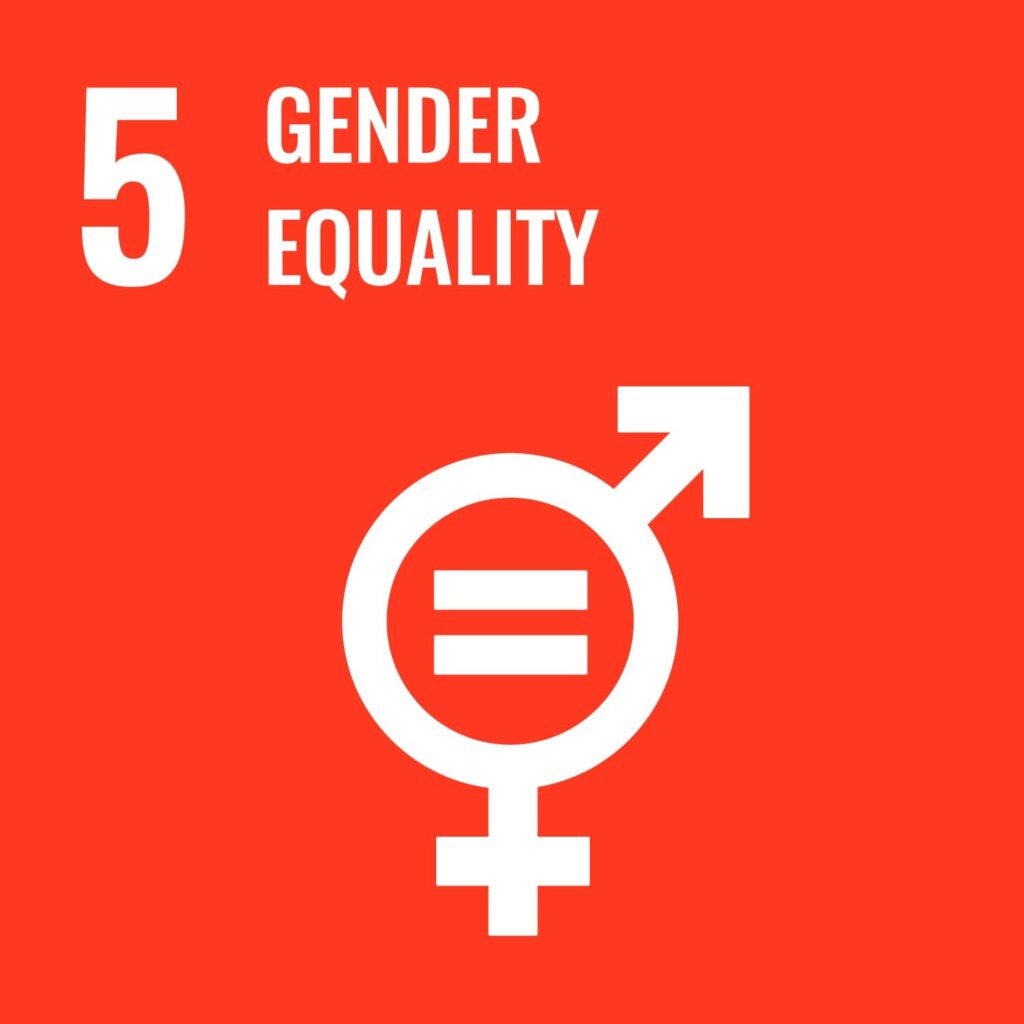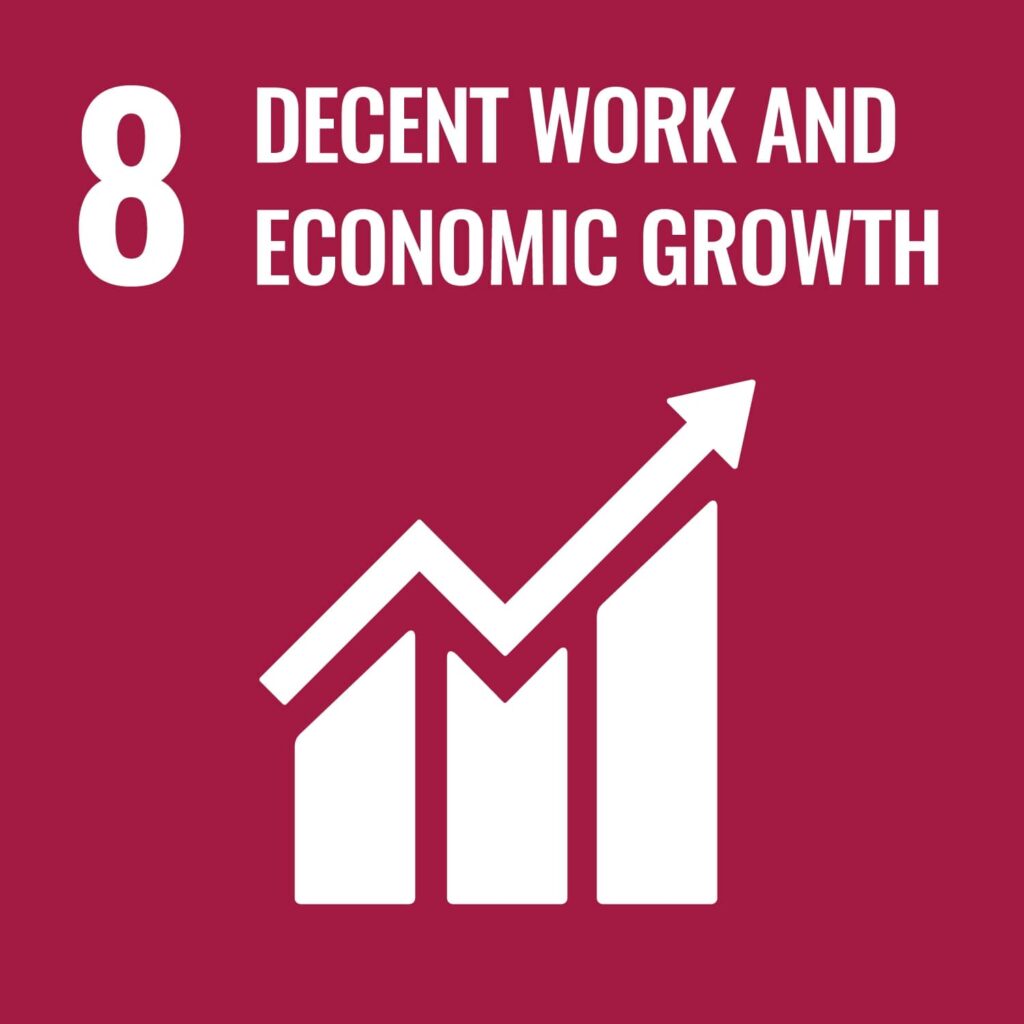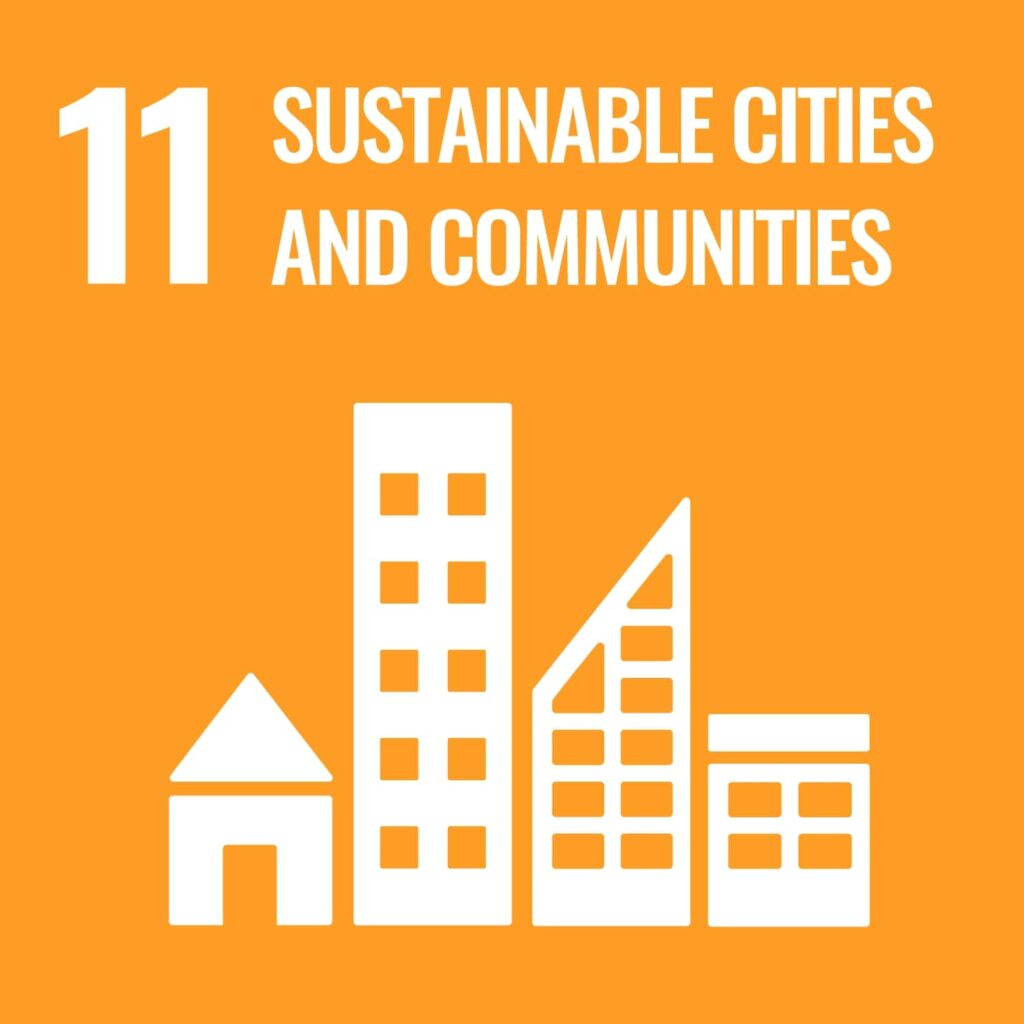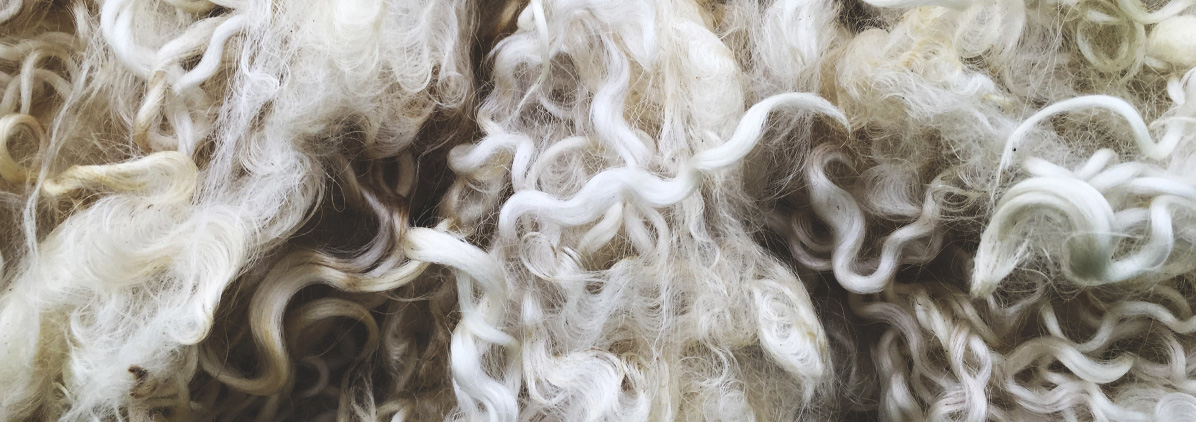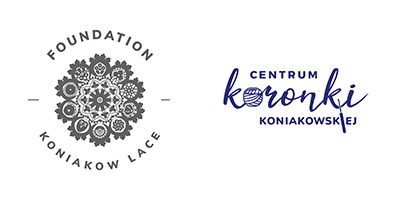

This pilot project celebrated crocheted lace specific to Koniaków village in Silesia, Southern Poland. This type of lace is well acknowledged, insrcibed on Poland’s national list of intangible cultural heritage, and developed into new forms of use. It is especially cherished by the Koniaków Lace Foundation, the organiser of the pilot project. While several innovative approaches to valorise the cultural value of Koniaków lace has been already implemented, the pilot focussed on the roots and archaic forms of this lacemaking technique and aimed to preserve the knowhow and skills for mastering it. The pretext for the project were the donation of old coifs to the Koniaków Lace Foundation.
The crocheted coifs are distinctive to the area and a valuable part of local cultural history. The coif and a headscarf are an element of a married, Silesian highlander woman’s attire, the coif covering the forehead with an intricate piece of lace. On the wedding day, the traditional custom of “oczepiny” takes place. Married women would ceremoniously sing songs while removing the bride’s wreath and putting the coif and headscarf on her head. From that moment on, the married woman would wear it every day. A remnant of this custom is the wedding tradition of “oczepiny” that is celebrated throughout Poland.
Inspired by the donation old coifs, the pilot project concentrated on this form of living heritage of crocheting Koniaków lace. A core part of the project, that lasted for six months, were the weekly Thursday workshops where the knowledge and skill of crocheting was transferred and encouraged among the local lace-making community, including younger makers and others new to this specific type of technique, by the master lace maker Zuzanna Ptak.
As an important part of the pilot project, the donated old coifs along with the resulting pieces from the workshops were arranged into an exhibition at the Centre of Koniaków Lace. During the opening event of the exhibition, the traditional ritual “oczepiny” was demonstrated by the local dance ensemble. This performance was recorded, and the film became part of virtual exhibition promoting the project and Koniaków lace heritage. The project aimed to showcase and preserve the tradition of crocheting especially fine Koniaków lace through the exhibition and workshops. Hosted at the Centre of Koniaków Lace in Poland, the project involved residents of Beskidy Tri-village (Istebna, Jaworzynka and Koniaków) spanning different age groups.
The pilot project was opened with a presentation about the tradition of wearing head coifs and making the lace. This was followed by regular crochet workshops led by award-winning lacemaker Zuzanna Ptak. The weekly three-hour workshopping sessions on Thursdays took place at the Centre of Koniaków Lace from January to June and brought together a group of ca. ten crocheters, all women of different ages. The instructor Zuzanna Ptak created new lace designs to be applied in making the traditional coifs.
The main difficulty of making the lace for a coif lies in the extremely thin thread. Koniaków laces are renowned for being fine, but the yarn that is used for making coifs is a challenge even for accustomed crocheters. The thread that is typically used is of size 50, but for the coif the thread is of size 100 or 200. The higher the number, the thinner the thread. Women at the workshop met this challenge, and although some initially doubted their abilities, they overcame the challenge and proved great motivation to learn the skill. One lady from Krakow got up at 6 am on every Thursday to travel to Koniaków for the workshop. Another lady, who had been crocheting since her childhood, initially swore that she could not handle such fine thread, but at the end brought two finished coifs.
The results of the workshops were brought together with the donated old coifs through an exhibittion at the Centre of Koniaków Lace. The special attraction of the opening was the demonstration of the traditional “oczepiny” that brought audience to see and learn about the local heritage. The demonstration showed the transition “from a maiden to a married woman” in the closed circle of women singing traditional songs and placing the coif and the white dance that concludes the rite. The workshops, the exhibition and the demonstration were documented with pictures and a film that were published as a virtual exhibition on Centre of Koniaków Lace website.
The key result of the project was the planning and implementation of crocheting workshops that concentrated on mastering the old technique of making traditional coifs from extremely fine threads. The workshops brought together women of different ages to learn together and gave motivation to master the use of fine threads and to develop further in their skills in the art of traditional crocheting.
Together with the exhibition of the donated old coifs and the results from the workshops the pilot project raised awareness and added to the knowledge about the specific type of Koniaków lace. The pilot project can be considered especially meaningful for supporting local community and cultural identity through working together and exploring the history of the coifs and headscarves, thus bringing to the front women’s history in the area. At the same time, making use of digital tools and sharing, pilot project was able to add awareness about Polish cultural heritage also beyond the Beskidy Tri-villages and Silesia.
Through raising skills and awareness the pilot project contributed to the already established work in promoting Koniaków lace. Moreover, it underlined the importance of knowing the roots of this specific lace type in the local community and maintaining the skills that are needed for the safeguarding of this heritage.
Further results of the project:
The project’s completion positively impacted the protection and promotion of living heritage, demonstrating the value of tradition in community development and cultural preservation. It empowered participants to learn new skills and break barriers, emphasising the importance of tradition in fostering development and communication between generations.
The project best resonated with the Sustainable Development Goals 5 (Gender Equality), 8 (Decent Work and Economic Growth), and 11 (Sustainable Cities and Communities).
Pilot project manager: Koniaków Lace Foundation https://centrumkoronkikoniakowskiej.pl/
https://centrumkoronkikoniakowskiej.pl/czepce-i-skarby-koniakowskiej-koronki/
https://centrumkoronkikoniakowskiej.pl/projekt-skarby-koniakowskiej-koronki/
https://centrumkoronkikoniakowskiej.pl/skarby-koniakowskiej-koronki/
https://centrumkoronkikoniakowskiej.pl/wernisaz-wystawy-skarby-koniakowskiej-koronki/
